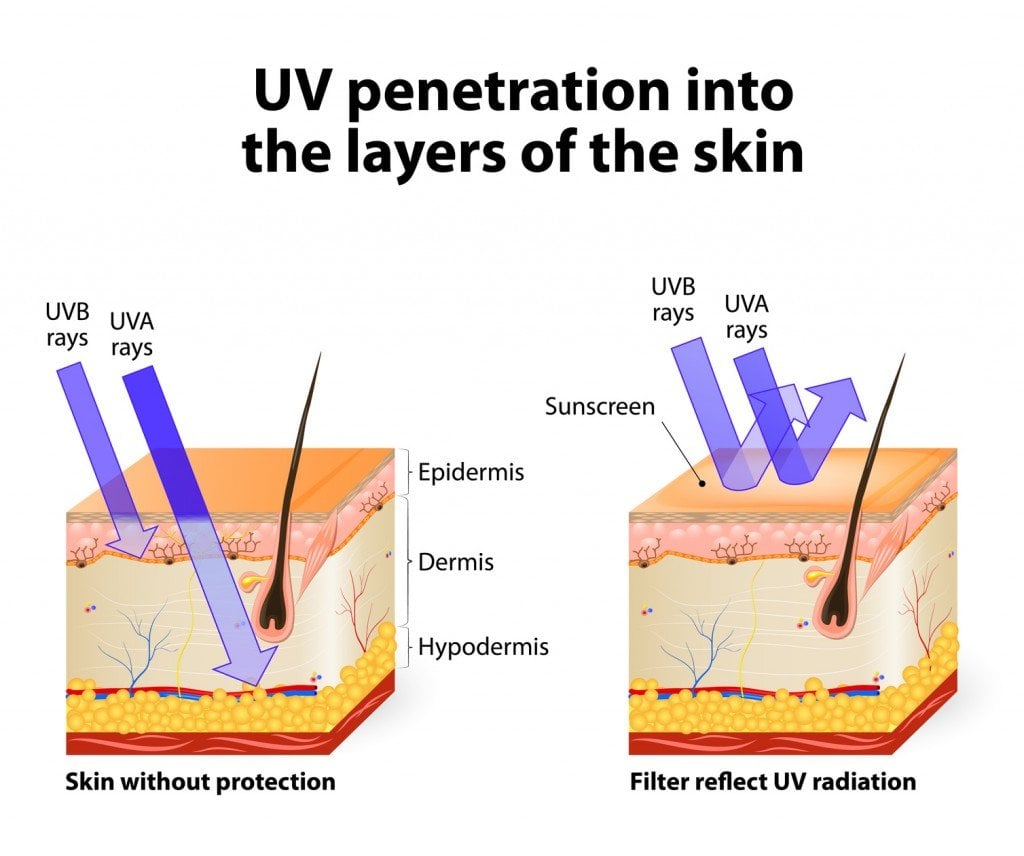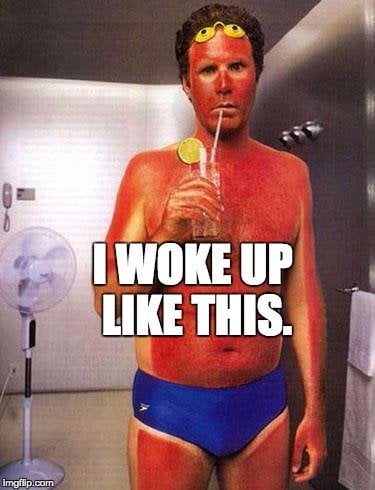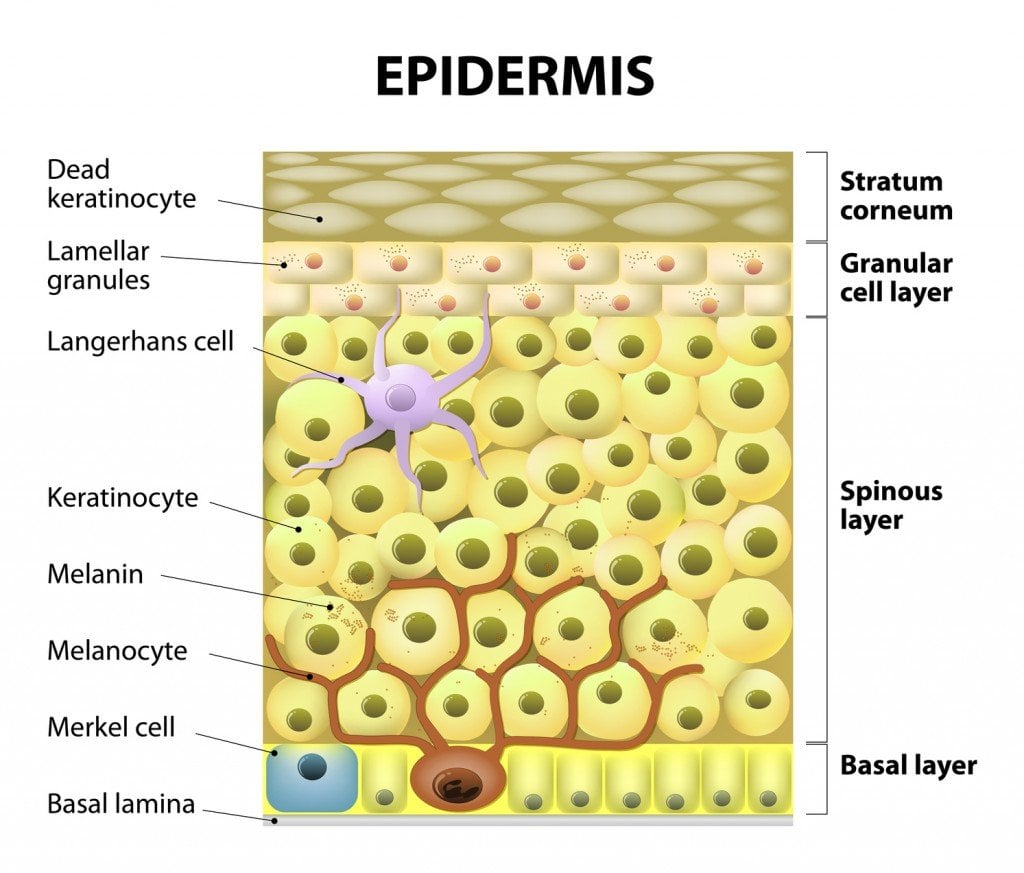Traveling is a great experience for those who are fortunate enough to set out in the world for a grand adventure. You get to explore unseen horizons, meet new people, and do tons of other things that are great for your brain and your overall wellbeing. However, if you are a frequent traveler and skip between places that are scattered all around the world, then you are eventually going to experience a rather nasty illness that afflicts globe-trotters… Jet Lag!
 Since light is the most important element in the occurrence of jet lag, it significantly helps if you can take care of this factor. As a general rule, it’s easier to adjust to the new time zone for east-to-west travel than it is for west-to-east travel, as there is not a significant difference in the intensity of natural light.
Since light is the most important element in the occurrence of jet lag, it significantly helps if you can take care of this factor. As a general rule, it’s easier to adjust to the new time zone for east-to-west travel than it is for west-to-east travel, as there is not a significant difference in the intensity of natural light.
What is Jet Lag?
Jet lag is a condition that is characterized by extreme tiredness and various other physical affects (such as headaches, uneasiness, anxiety etc.) that occur when you travel great distances, usually in an airplane, through different time zones. To understand it better, imagine that you’re traveling from New York to London. Since the time in London is 5 hours ahead of New York, you will feel uneasiness or discomfort for a short time after that travel, because you are essentially re-programming your body to lose or gain time in a given day, which isn’t always easy to do!
The worst thing about jet lag is that its symptoms may last for a couple of days or even longer, depending on how fast your body adjusts to the time zone of the new place. This can be very annoying if your trip abroad is very short, and you’ll be heading home before you ever feel normal!
Why Do We Suffer from Jet Lag?
Jet lag occurs when the sleep-wake cycle, also referred to as the Circadian rhythm, of an individual is disturbed. The whole process begins in your eyes; there are special pigments in your eyes that transmit natural light to the designated sections of your brain. These signals are received by a cluster of about 20,000 neurons in a tiny area of the hypothalamus. The Suprachiasmatic nucleus (SCN) is situated in this cluster, which is responsible for sensing natural light and subsequently sending signals to other parts of the brain.
When the SCN senses a lot of natural light, it tells the other sections of the brain to shake off the laziness and start performing their activities at full capacity, because that is when the brain known to be active and awake. In contrast, when the SCN senses less natural light, a hormone called melatonin tells various parts of brain to slow down and get some rest. This is why you tend to feel lazy and drowsy as the bright natural daylight starts to wane.
How Traveling Affects the Sleep Cycle
When you’re traveling fast in an airplane and therefore covering large distances in a short span of time, you are essentially crossing over areas with different time zones.
In other words, when you started your journey from City A, it was dark and approaching your normal time to sleep, but you reached another City B in just 5 hours, where there was still a lot of light and everyone was acting normally, going about doing their daily tasks.
Think about your poor brain in that situation. It will become confused, so your sleep-wake cycle, or circadian rhythm, is badly disturbed.
How Can You Deal with Jet Lag?
 Since light is the most important element in the occurrence of jet lag, it significantly helps if you can take care of this factor. As a general rule, it’s easier to adjust to the new time zone for east-to-west travel than it is for west-to-east travel, as there is not a significant difference in the intensity of natural light.
Since light is the most important element in the occurrence of jet lag, it significantly helps if you can take care of this factor. As a general rule, it’s easier to adjust to the new time zone for east-to-west travel than it is for west-to-east travel, as there is not a significant difference in the intensity of natural light.
Other remedies include strict and timed light exposure to match the circadian rhythms with the expected cycle at the destination, timed melatonin administration, and even making an adjustment to the timing of having meals and performing exercise.
Although you may not realize it, the sleep-wake cycle is a very important factor for maintaining good health – and sanity! Therefore, next time you alight at your destination airport and feel mysteriously irritable, exhausted, and slightly confused as to what world you’ve just landed in, just remember that jet lag has worked its evil magic on you, and hope that the effects wear off soon!






